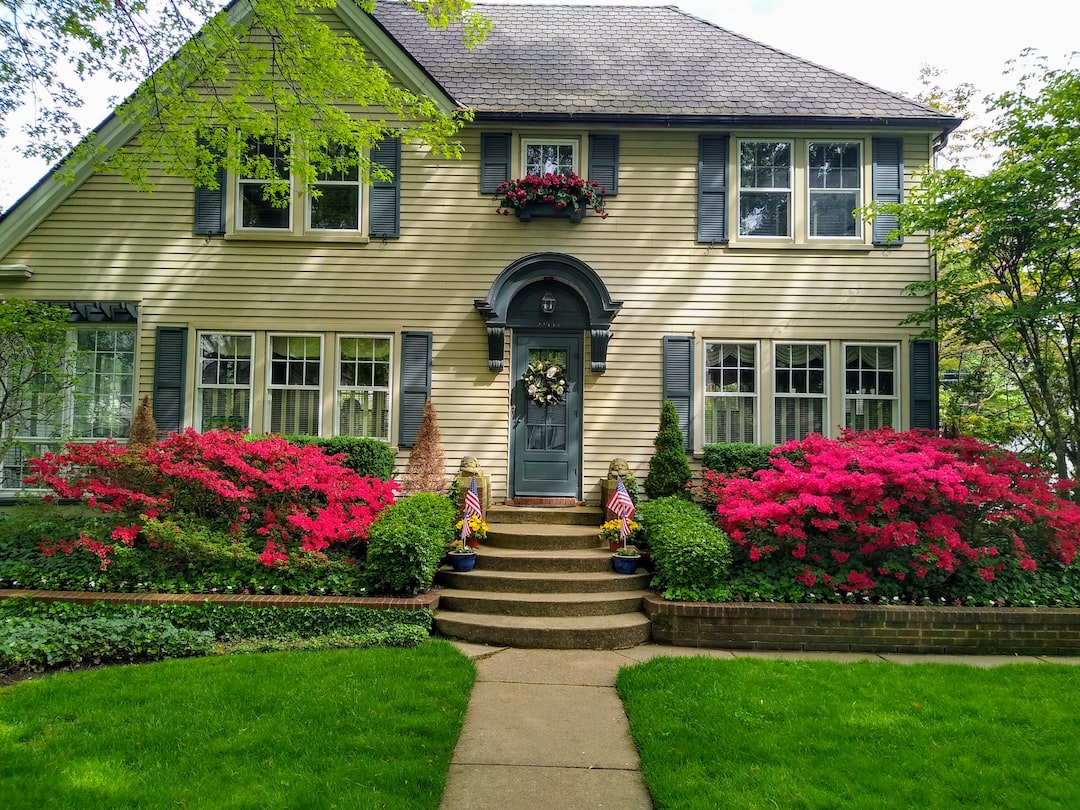The History of Staircase Railings: From Ancient Times to Modern Designs
Staircase railings have evolved significantly throughout history, from their humble beginnings as simple safety features to becoming a prominent element of architectural design. The history of staircase railings spans over thousands of years, witnessing various styles, materials, and techniques. Today, railing installation has become an essential part of stair design, ensuring both safety and aesthetics. This article explores the development of staircase railings, from their ancient origins to the modern designs we see today.
Ancient civilizations recognized the need for staircase railings as early as 6500 BCE. In ancient Egypt, for example, early staircases were constructed with wooden handrails to assist people in ascending and descending. These primitive handrails were basic in design, primarily serving a functional purpose rather than an aesthetic one.
As time went on, ancient Greeks and Romans were known for their architectural achievements, which included sophisticated staircase railings. Greeks, in particular, focused on the elegance of design, incorporating intricate balustrades and decorative motifs. In contrast, Romans implemented more practical elements, utilizing sturdy materials such as marble and iron. These early staircase railings set the foundation for future innovations.
During the Middle Ages, staircases and railings became less of a decorative feature and more of a necessity for fortified castles and buildings. The railings were minimalistic in design, focusing mainly on creating safe passage. As architectural techniques advanced during the Renaissance, railings experienced a revival in terms of aesthetics. Intricate carvings, ornamental motifs, and grand balustrades became a prominent feature, reflecting the opulence and artistic prowess of the era.
The Industrial Revolution brought about significant changes in railing installation. With the advent of steel manufacturing, railings could be mass-produced more efficiently, making them accessible to a broader audience. This led to more standardized designs and the incorporation of different materials such as cast iron and wrought iron. The Victorian era, in particular, embraced cast iron railings, with elaborate and ornamental designs becoming increasingly popular.
In the early 20th century, a shift towards simplicity and functionality emerged. Modernist architects started to advocate for minimalistic designs, favoring clean lines and geometric shapes over intricate detailing. This movement had a significant impact on staircase railings, with architects and designers opting for sleek and understated designs. Materials such as glass, steel, and aluminum were used to create an open and contemporary feel.
Today, the options for railing installation are vast and varied. Modern designs often integrate a combination of different materials, including wood, metal, glass, and even materials like acrylic. The focus is not only on safety but also on creating a visually appealing and harmonious space within the overall architectural design.
Staircase railings also embrace innovative technology, with advancements such as the introduction of LED lighting and motion sensors for enhanced safety. These technological advancements provide both functionality and aesthetics, offering homeowners and architects numerous design possibilities.
Furthermore, railing installation has evolved beyond its initial purpose to become a design statement in itself. Architects and designers now incorporate railings as an integral part of the overall artistic vision for a space. Railings can make a bold statement through unique shapes, materials, and colors, enhancing the visual appeal of staircases and the surrounding areas.
In conclusion, the history of staircase railings is a fascinating journey that spans thousands of years. From ancient civilizations recognizing the importance of basic safety to the innovative and aesthetically pleasing designs of the modern era, railing installation has come a long way. Today, railings serve not only as safety features but also as a powerful design element that can transform any staircase into a work of art.
Publisher Details:
upstairsrails.com
https://www.upstairsrails.com/
Up Stairs Rails specializes in indoor railing installation and stair railing services in NJ. Our team masterfully blends safety with sophisticated style, delivering tailored designs for both homeowners and builders. Benefit from our unmatched craftsmanship, as our fully insured experts are steadfastly committed to achieving your vision and ensuring satisfaction. Explore a world of elegant house railings with us.

